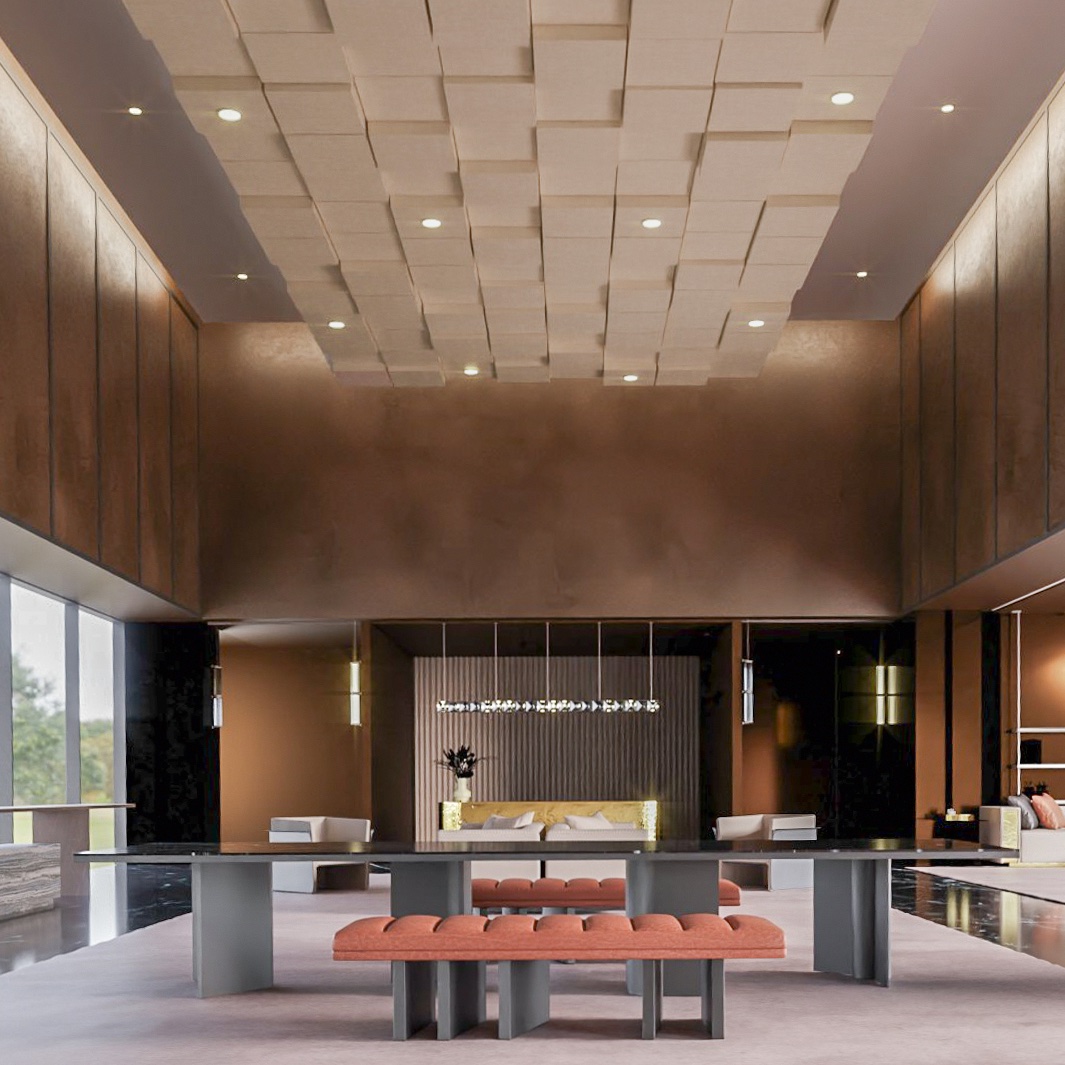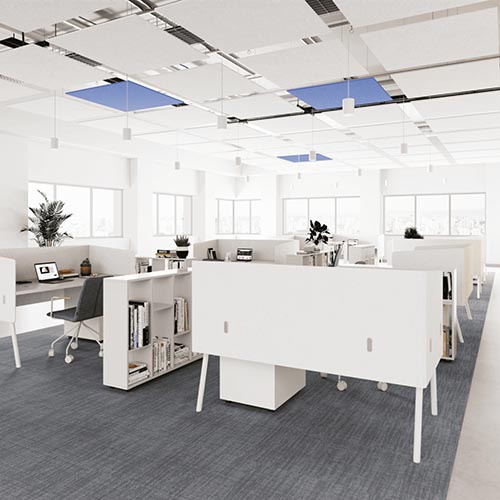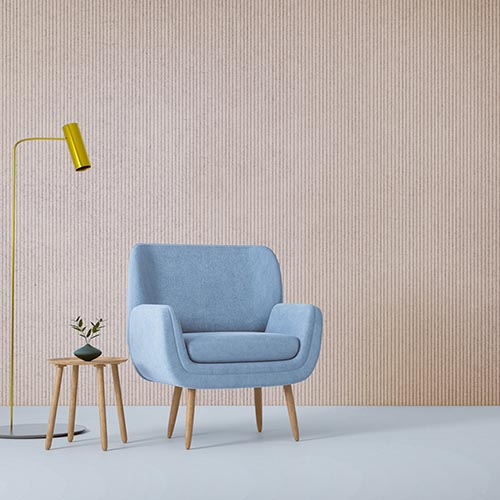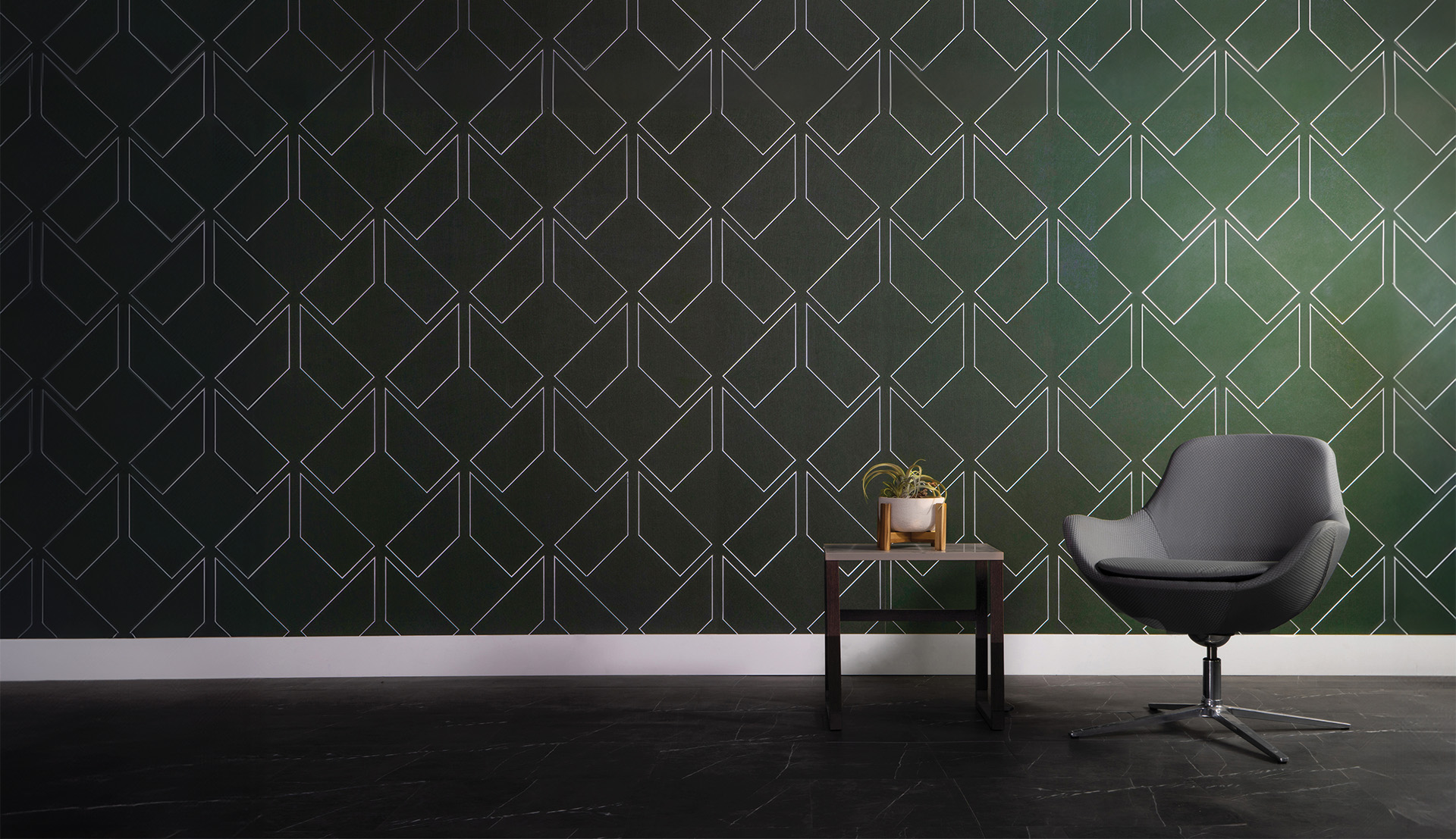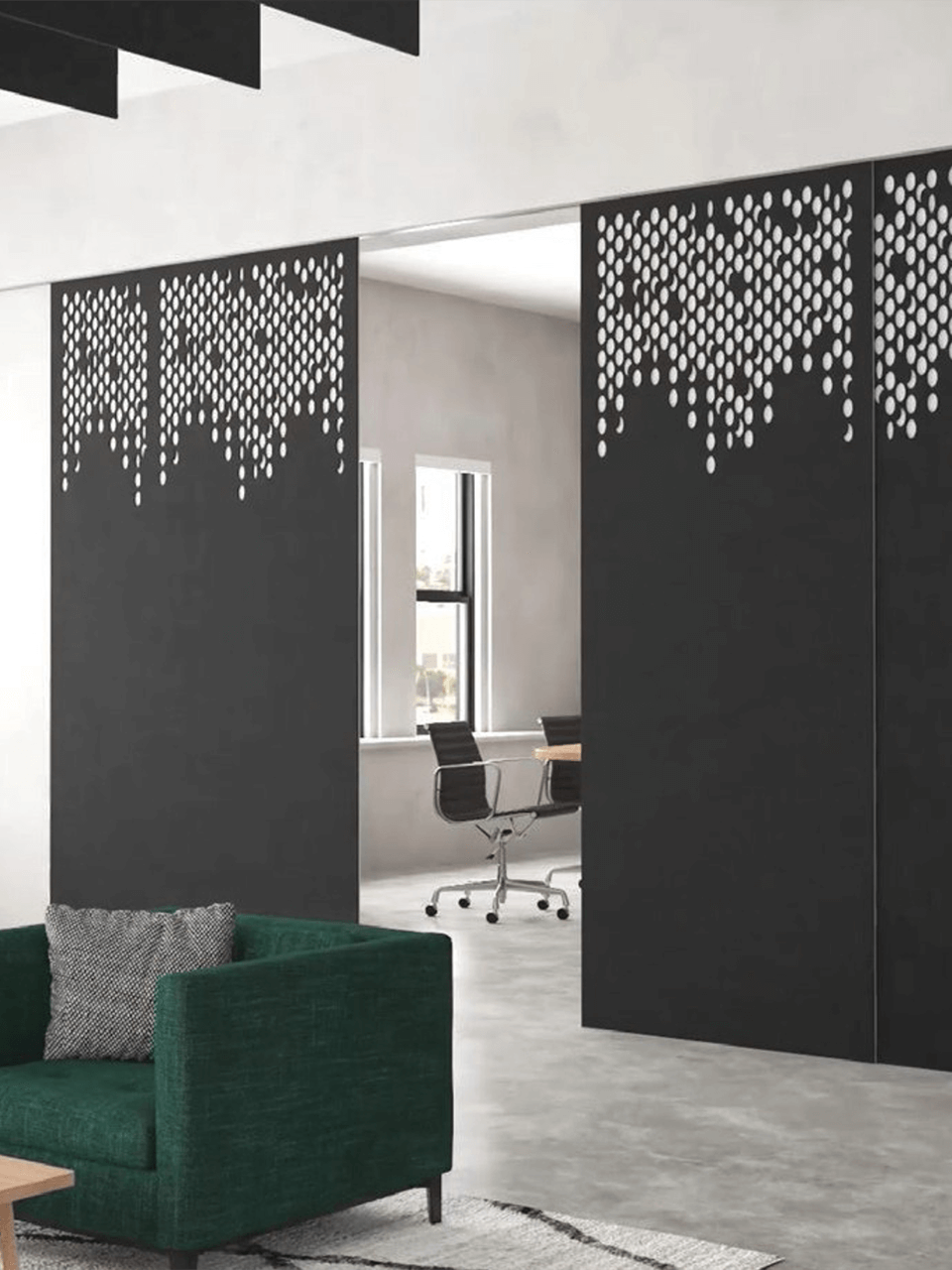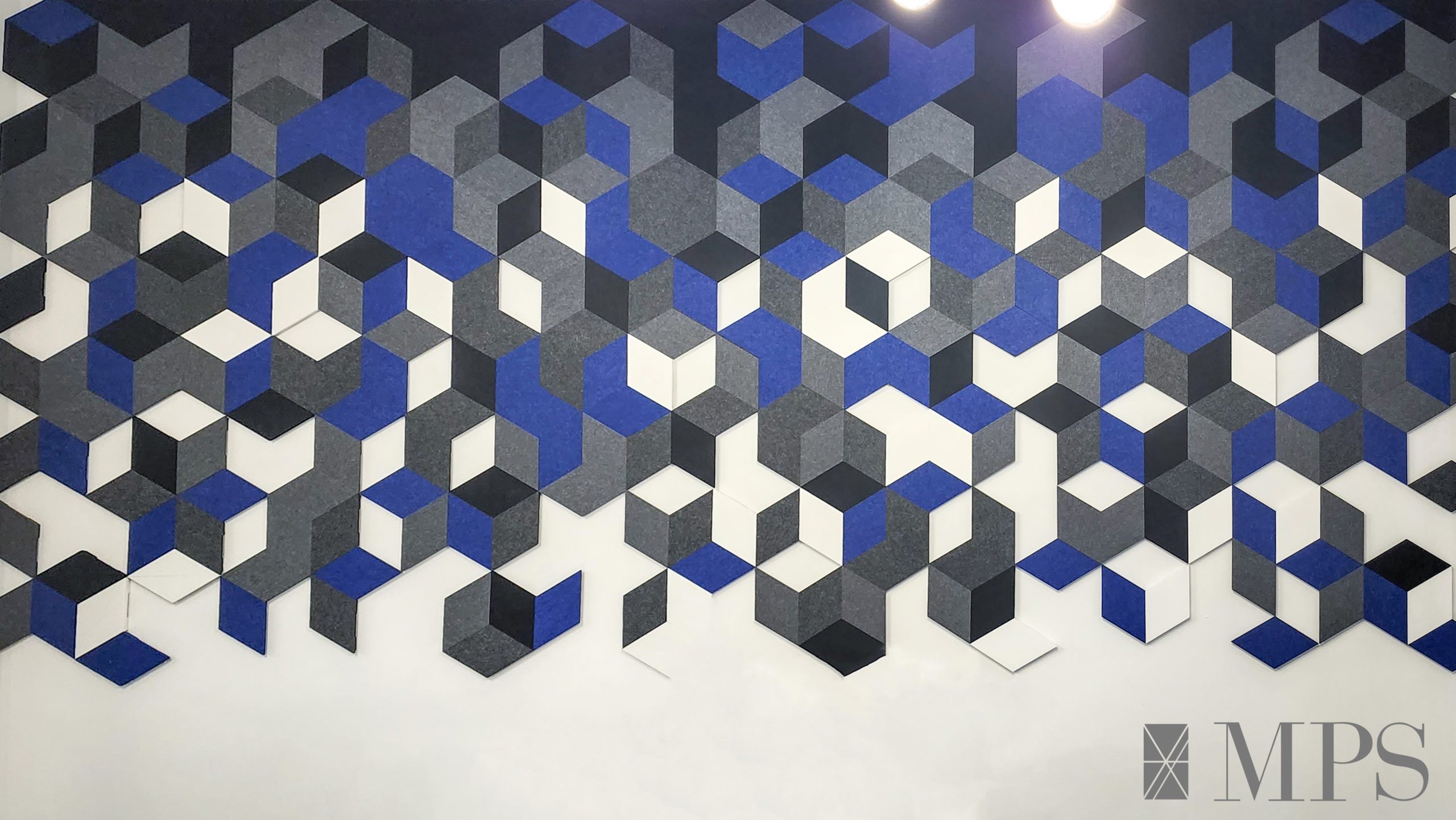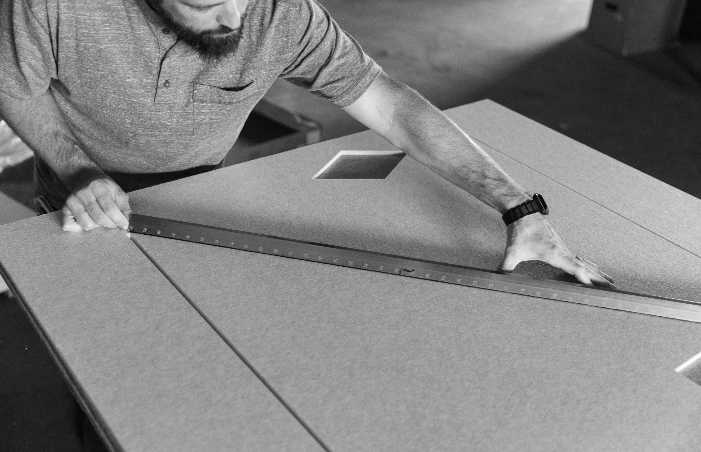Modern open offices focus mainly on space flexibility to boost team collaboration but often neglect the need for a comfortable and distraction-free environment. Speech privacy achieved through effective acoustic design helps improve your work environment.
http://mirziamov.ru/zaym-bez-otkaza Open spaces are noisy. Between 25 and 30% of employees are dissatisfied with the acoustics in their workplace.
Human speech is the biggest source of noise and distraction in the office. However, the acoustics of an open-office also plays a vital role.
How Modern Open-Plan Designs Affect Office Acoustics
One mistake with open-plan offices is the failure to consider how conversations and noise can travel in an open space. The design and materials used in an office can cause noise build-up.

Collaborative working spaces are designed with few dedicated areas. Hot-desking is also a common practice. With the lack of walls or workspace partitions, sound travels more freely in the open space. Everyone can hear all types of noise — ringing of phones, team meetings on one corner of the room and chit-chats from the break rooms.
High or even dome ceilings are now common, creating echoes. Smooth surfaces like giant windows, mirrors and even glass tables increase sound reflection, the sound bouncing off and traveling again across the room.
Ensuring Good Acoustics in Open-Plan Offices
1. Setup dedicated areas.
To create a good sound environment in an open office, utilize the space efficiently. Set up work zones by understanding the activities that take place in an office.
Separate different workgroups from each other depending on their acoustic needs. The finance team might need more privacy and quiet while the sales and marketing team might need a more collaborative space.
You wouldn’t want to place the break room and conference room side-by-side either.
2. Use sound-absorbing materials.

Noise reverberation occurs from a lack of sound absorption. Acoustic panels, wall tiles, and fibrous ceiling and floor materials reduce noise reverberation by absorbing sound. These materials help improve office acoustics by reducing both visual and acoustic noise.
You can also use acoustic panels as workspace partitions to provide employees with much-needed privacy.
3. Be wise on the furnishings.
When it comes to office furniture, avoid glass tables, large mirrors, and other smooth surfaces.
Cover giant windows with blinds. Add rugs to hard flooring surfaces like stone and ceramic. Couches and soft plush seat coverings also help absorb sound.
4. Install sound masking.
Sound masking systems produce low-level and comfortable background sound, eliminating acoustic distraction by covering and filling in the sound spectrum to cover speech and too much quiet. The system adjusts to the noise levels within the office, ramping up when needed and quieting during lulls.
Distraction and noise hinder employees from completely enjoying the benefits of an open-plan office. This is why it is important to also consider good room acoustics when planning and designing an open office.
Good acoustics is necessary to ensure a functional and comfortable environment for workers. Incorporate the basic principles of acoustics to the design and layout of an open-plan office.
Download our whitepaper, When Talk Isn’t Cheap.

